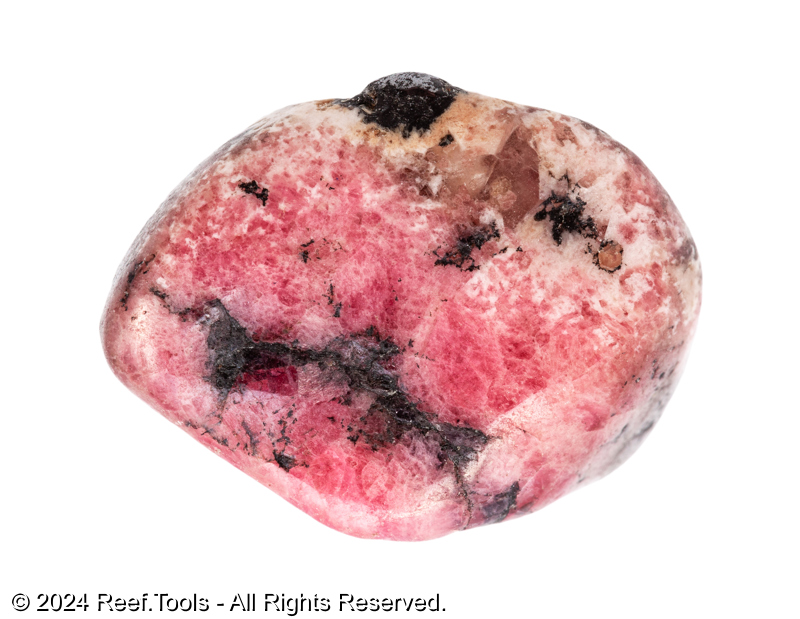Manganese (Mn)
Transition Metals
Atomic Number: 25
Last Reviewed: 12/15/2024
Manganese is an essential trace element in marine environments. It functions as a cofactor for various enzymatic processes and plays a critical role in the health of reef ecosystems. Its presence is vital for photosynthesis, coral growth, and the antioxidant defense mechanisms of marine organisms.
Natural Seawater Levels
Manganese concentrations in open ocean seawater range from 0.1 to 0.3 µg/L, depending on depth and proximity to terrestrial inputs. Coastal areas and regions influenced by riverine discharge may have higher concentrations
Risks
- Deficiency:
- Impacts: Manganese deficiencies can impair photosynthetic efficiency in zooxanthellae, reduce coral growth, and weaken antioxidant defenses, leaving corals vulnerable to stress and disease.
- Causes: Precipitation and adsorption onto surfaces within aquariums can rapidly reduce manganese bioavailability.
- Excess:
- Impacts: Elevated manganese levels can lead to the proliferation of harmful algae and cyanobacteria, disrupting the tank's ecological balance.
- Threshold: Levels exceeding 1 µg/L can cause toxicity to sensitive organisms, though this is rare in aquariums without excessive supplementation.
Relevancy
Photosynthesis:
- Manganese is a component of the oxygen-evolving complex in photosystem II, enabling photosynthetic organisms, such as zooxanthellae in corals, to convert light energy into chemical energy.
Antioxidant Defense:
- Manganese is critical for the enzymatic activity of superoxide dismutase (Mn-SOD), which neutralizes reactive oxygen species and protects corals from oxidative stress, especially during temperature fluctuations.
Nutrient Cycling:
- Manganese contributes to microbial processes, including nitrogen fixation, in marine environments, supporting overall ecosystem stability.
Ocean Values
| Reference Name | Low | High | Optimal | Unit |
|---|---|---|---|---|
| Florida Ocean | 1.0000 | 5.0000 | 4.0000 | µg/L |
| Australia Ocean(Generic) | 1.0000 | 5.0000 | 2.0000 | µg/L |
| Hawaii Ocean | 0.5000 | 2.0000 | 1.0000 | µg/L |
Regional Variations
Manganese concentrations vary geographically, with higher levels in coastal regions and areas influenced by freshwater runoff. Deep ocean waters typically exhibit lower manganese levels due to limited inputs.
Dosage Recommendations
- Target Level: Maintain manganese concentrations between 0.1 and 0.3 µg/L, consistent with natural seawater.
- Adjustment: Dose incrementally and monitor closely to avoid overaccumulation.
Handling
Testing: Regularly monitor manganese levels using ICP-OES or ICP-MS for precision.
Storage: Store manganese supplements in sealed, dry containers to avoid contamination.
Reef.Tools recommends: Maintain Manganese (Mn) concentrations between 0.1000 and 0.3000 µg/L.
References
- Sunda, W. G., & Huntsman, S. A. (1996). "Antagonisms Between Cadmium and Manganese in Phytoplankton." Marine Chemistry. (ScienceDirect)
- Biscéré, T., et al. (2018). "Manganese Enrichment Reduces the Negative Effect of Increased Seawater Temperature on Coral Calcification." Frontiers in Marine Science. (Frontiers)
- Twining, B. S., & Baines, S. B. (2004). "The Role of Manganese in Marine Phytoplankton." Nature. (Nature)
Difficulty
Rating: Moderate
Maintaining manganese levels requires precise testing and controlled supplementation due to its rapid depletion in aquariums and the risks associated with overaccumulation.
Categorization
- Element Type: Transition Metal
- Role: Trace Element
Usually Deficient
Manganese precipitates quickly in seawater, leading to low bioavailability in closed systems. Systems with high coral or macroalgae demands may deplete manganese faster than it can be replenished naturally.
Essential
Manganese supports key biological functions, including photosynthesis, enzymatic activity, and oxidative stress management, making it crucial for coral health and ecosystem stability.
Aliases
Mn, Manganous Ion (Mn²⁺)
